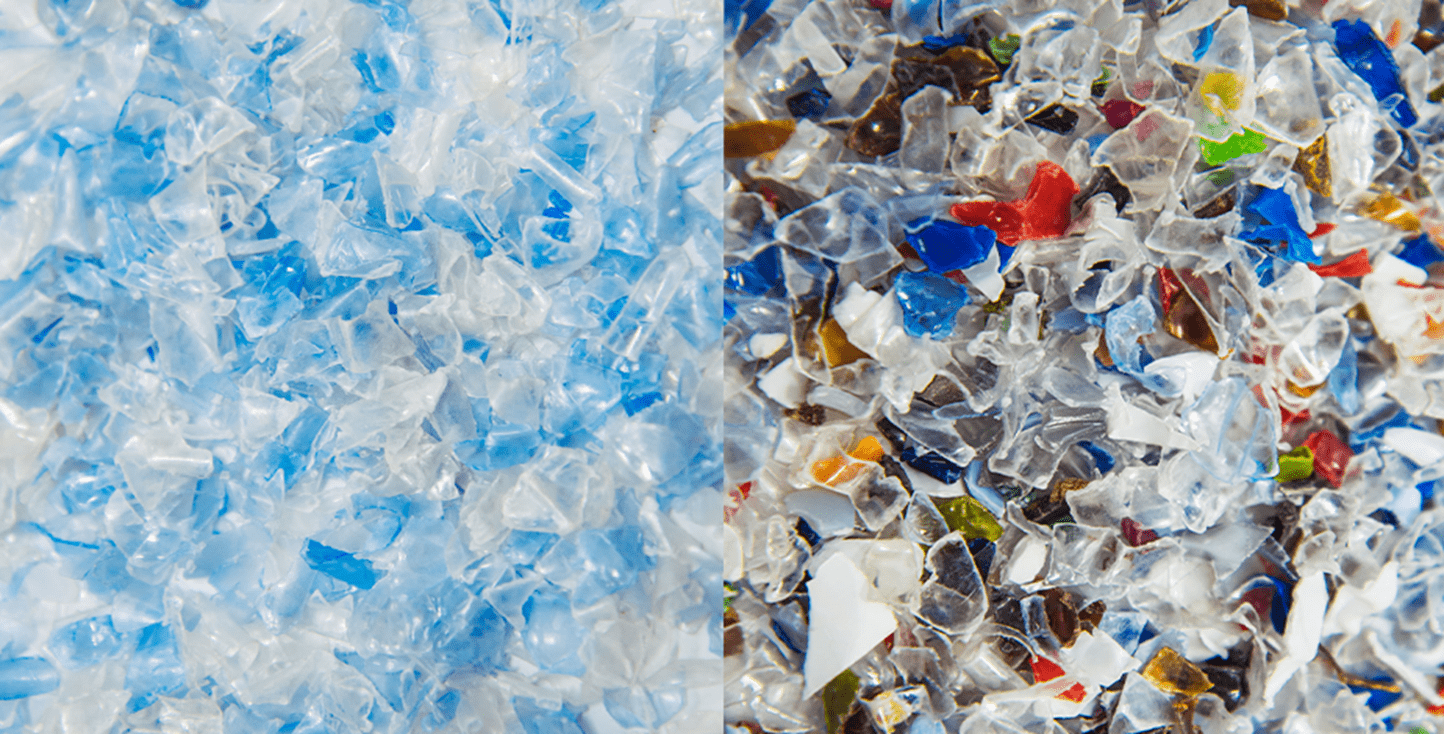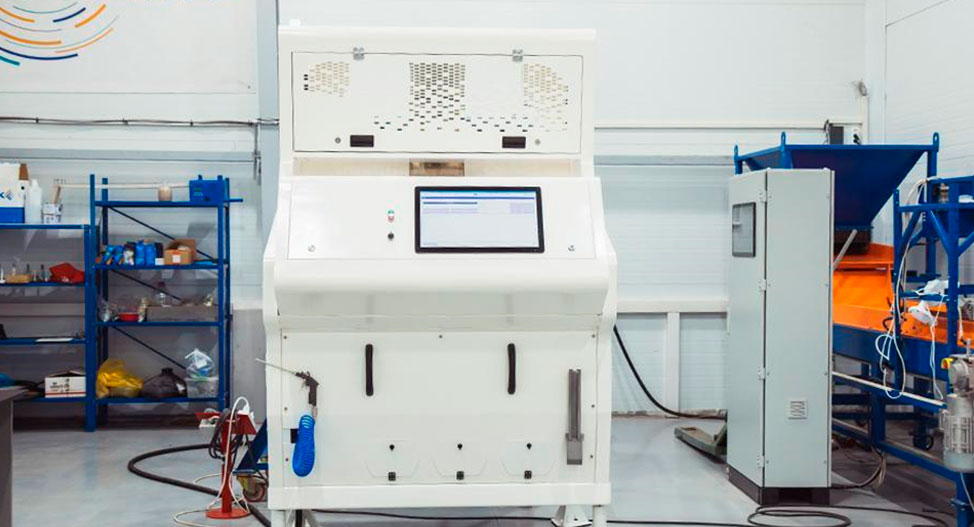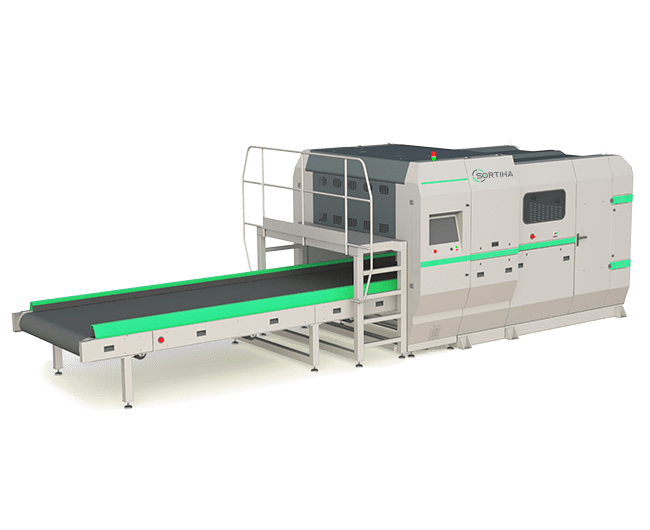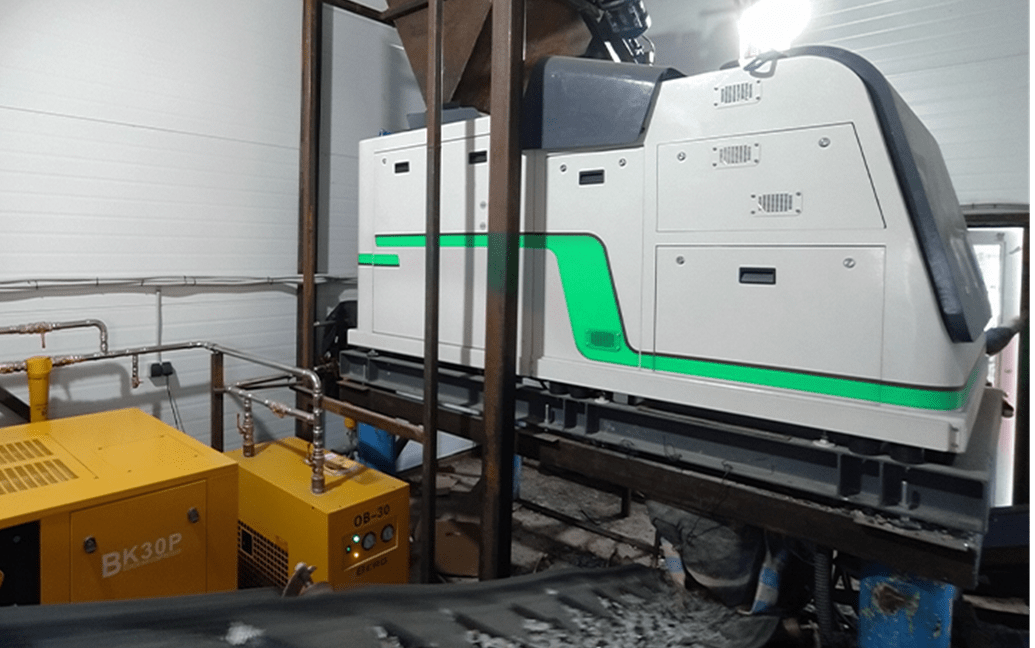Recycling: the way to a sustainable future and environmental protection
- #Recycling

WHAT IS RECYCLING?
Recycling means reusing materials that can be recycled for the creation of new products. We can significantly reduce the amount of waste sent to landfills and save energy and natural resources through this technology.
THE NECESSITY OF RECYCLING IN TODAY'S WORLD
The problem of environmental pollution has reached a critical level. One of the main reasons is improper recycling and disposal of waste, in particular plastic materials. Plastic recycling is becoming an increasingly relevant and effective way to combat the shifting environmental catastrophe. The process of recycling plastic products has a number of advantages over traditional disposal methods such as incineration or burying them in a landfill.
Firstly, recycling significantly reduces the amount of waste and therefore reduces the negative impact on the environment.
Secondly, it helps to save energy and resources, as it takes less energy to produce a new product from recycled plastic than to create a new plastic product from virgin raw materials.
The population still does not realize the seriousness of plastic pollution, that recycling plastic can be useful and effective. Therefore, one of the tasks is an information campaign about the importance of proper waste management.
In addition, for the successful development of recycling it is necessary to provide infrastructure: specialized enterprises, waste collection points and a logistics system for transporting the material.

HOW DOES PLASTIC RECYCLING WORK?
The process consists on transforming waste plastic into the new products or materials, minimizing the use of natural resources and reducing the negative impact on the ecosystem.
Plastic recycling can be accomplished in a variety of ways. One of them is mechanical recycling, which involves shredding used plastic into flakes or grains. These materials can then be used to produce plastic bottles, containers or packaging.
Chemical recycling, which involves turning plastic into raw materials for the production of other chemical products. For example, it can be turned into oil or gas, to produce fuels or other chemical compounds.

Energy recycling. In this case, waste is incinerated in special facilities using high temperatures. This approach allows to obtain energy that can be used to produce electricity or heat.
It is important to note that each type of plastic recycling has its own advantages and disadvantages. Mechanical recycling is more common and cost-effective, but requires some degree of cleaning and classification of the material. Chemical recycling can be more effective in terms of processing complex plastic waste, but requires specialized equipment and high costs.
Overall, recycling plays an important role in preserving the environment and creating a sustainable future. To achieve the best results, it is necessary to combine different methods and encourage the active participation of society.
EQUIPMENT USED FOR PLASTIC RECYCLING
One of the main tools that helps to carry out plastic recycling is specialized equipment.
It is important to note that the technical equipment must be productive and efficient. Its quality determines the result of work and the degree of material recycling. For example, optical separators, ERGA ReSortika CF, ERGA ReSortica BF and ERGA GlasSortika, have proven themselves in plastic recycling.
The principle of operation of optical separators is to separate secondary materials with an efficiency of up to 99.99%. The ERGA technology used in the machines is based on composition analysis using a hyperspectral camera. The camera provides a high degree of quality in determining the composition of the material thanks to 224 spectral bands. All this allows to add a new product in a few clicks or to change settings when modifying the incoming raw materials in case of seasonal changes in municipal solid waste.

Fig 1. Optical separator ERGA ReSortika CF
ERGA ReSortika CF efficiently handles polymers less than 15 mm during three stages in one enclosure. The use of trays separately for re-sorting, makes it possible to carry out control separation of the first stage products on one equipment. The separator separates PET flexes by color: transparent-blue, green-brown, colored. Cleans plastic from impurities (wood, stones, glass, metal).

Fig 2. Optical separator ERGA ReSortika BF
Optical sorter with feeding of secondary materials to the dispersal conveyor for separation of materials by composition, color, shape. Optical sorter ERGA ReSortika BF provides separation of secondary materials with the size from 20 mm to 350 mm.
The developed sorting program, which analyzes the spectrum of the material in the near infrared spectrum, is adjusted depending on the characteristics and morphology of the secondary material. Precise adjustment of the sorting parameters for PET, PP, PVC, cardboard, film allows to determine the composition of the material with an accuracy of up to 99% and to separate it with an efficiency of up to 95%, obtaining ready products for recycling.

Fig 3. Optical separator ERGA GlasSortika
ERGA GlasSortika is designed for final cleaning of glass cullets from impurities and separation by color. The separator provides cleaning and separation of secondary material of glass cullets with a size from 5 to 50 mm.
Individual sorting program is selected depending on the characteristics and composition of the source material. Removal of plastics, organics, stones, ceramics, metal, mirrors, porcelain, concrete, bricks, slag from glass waste. The installation of the second level of ejectors allows to obtain in one stage of separation 3 fractions, which allows to increase the quality and reduce financial and time costs.
To summarize, modern recycling technologies help to reduce manual work and eliminate the human factor. They also contribute to the continuous 24/7 operation in waste treatment plants, reducing the emission of harmful waste and substances into the environment.